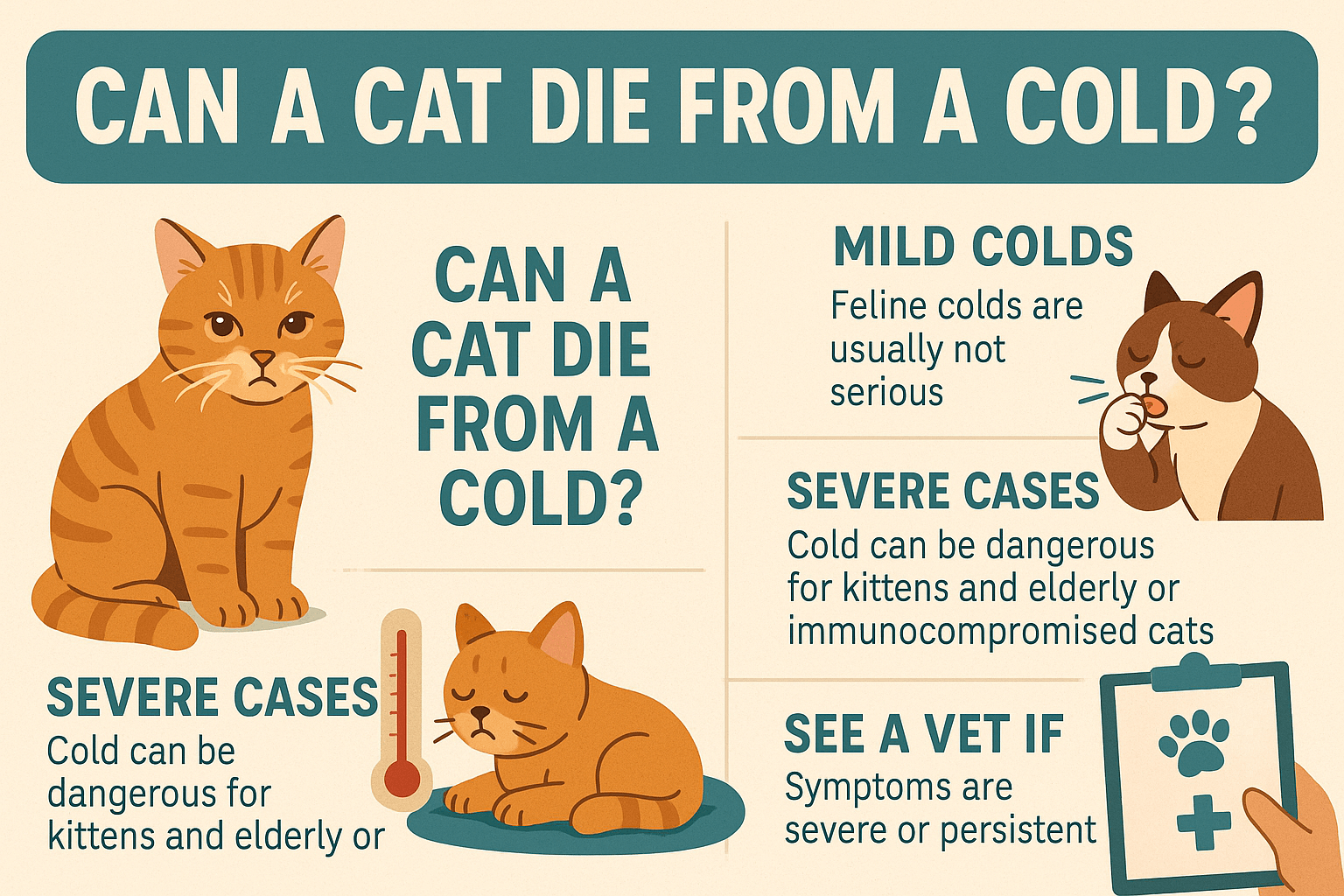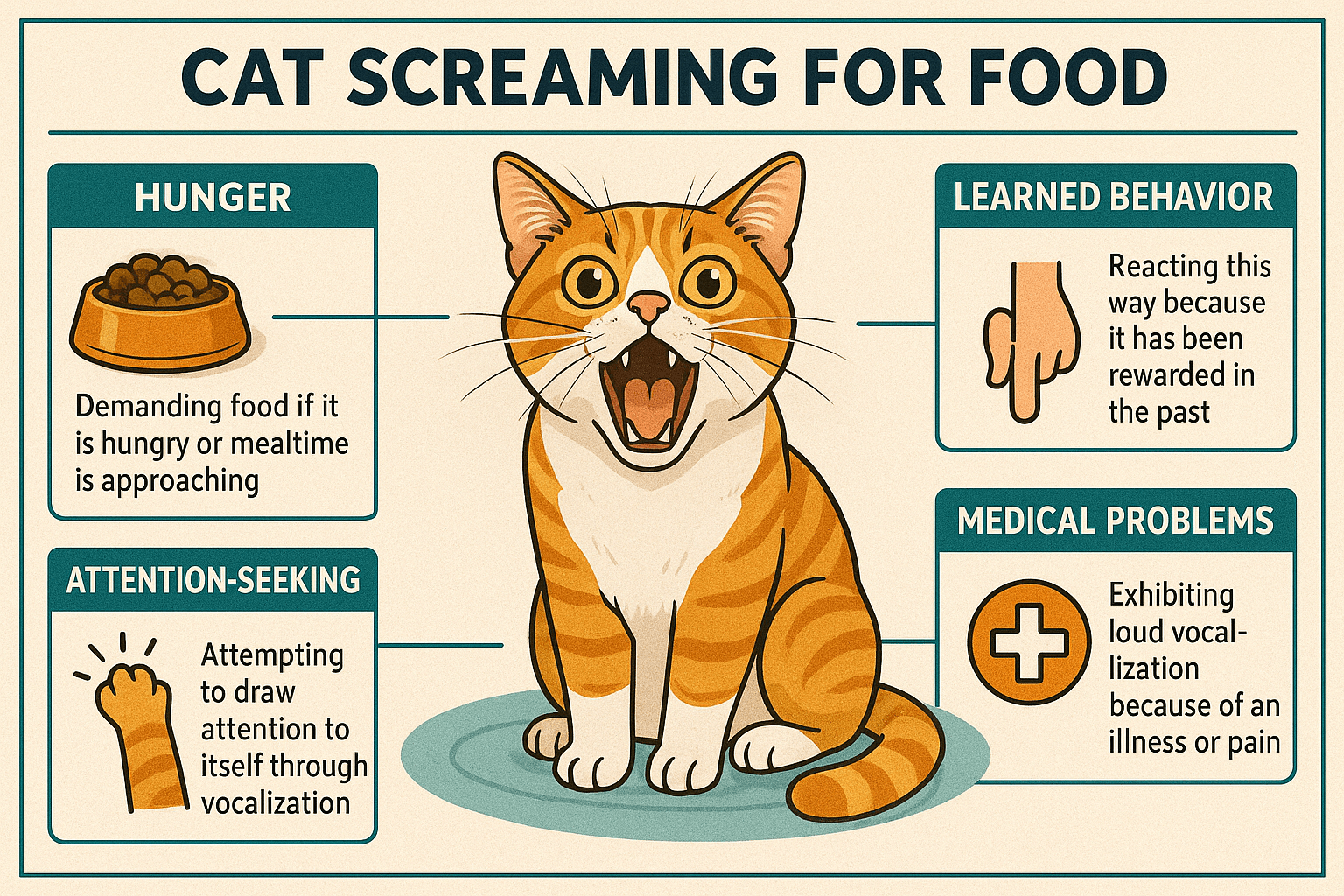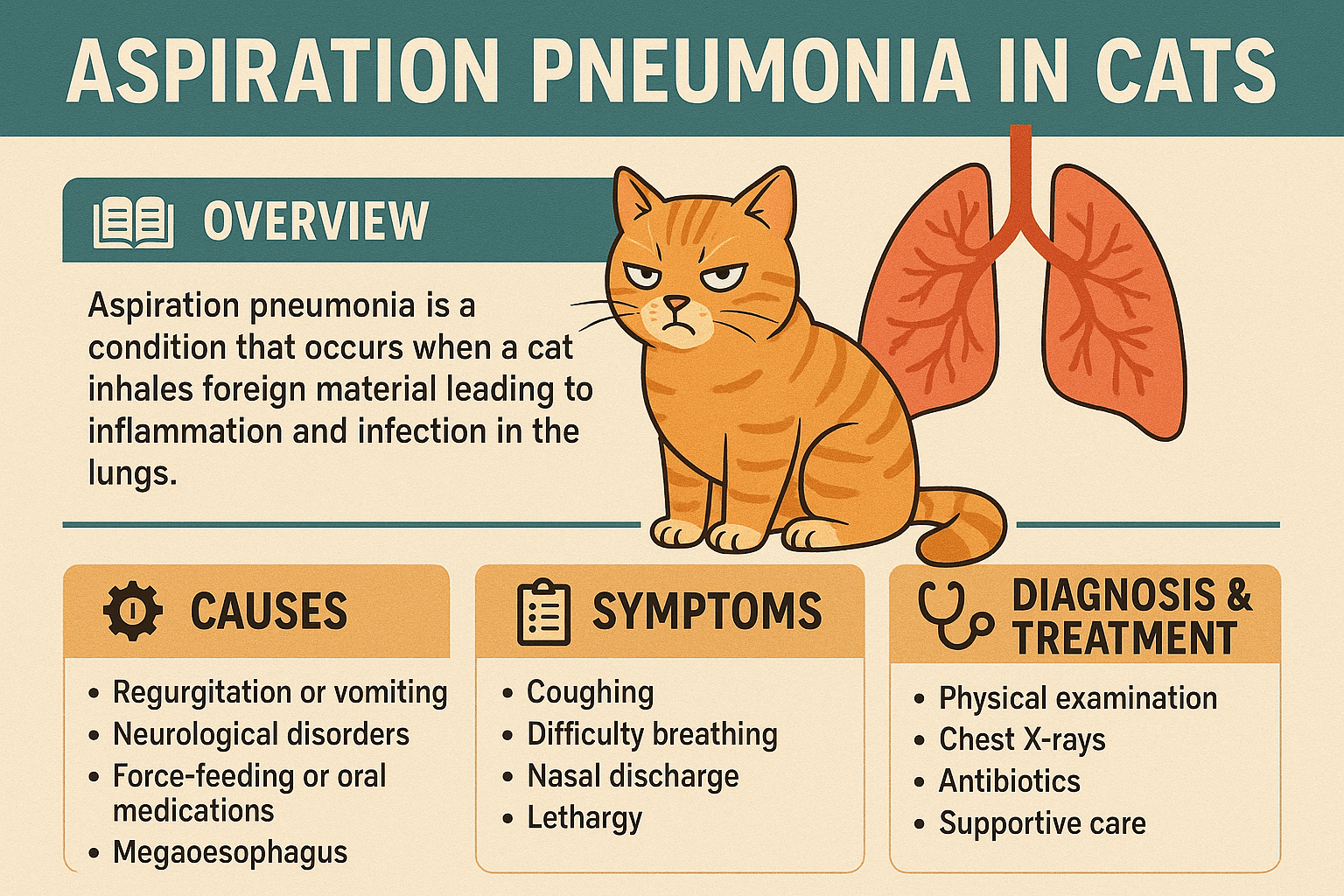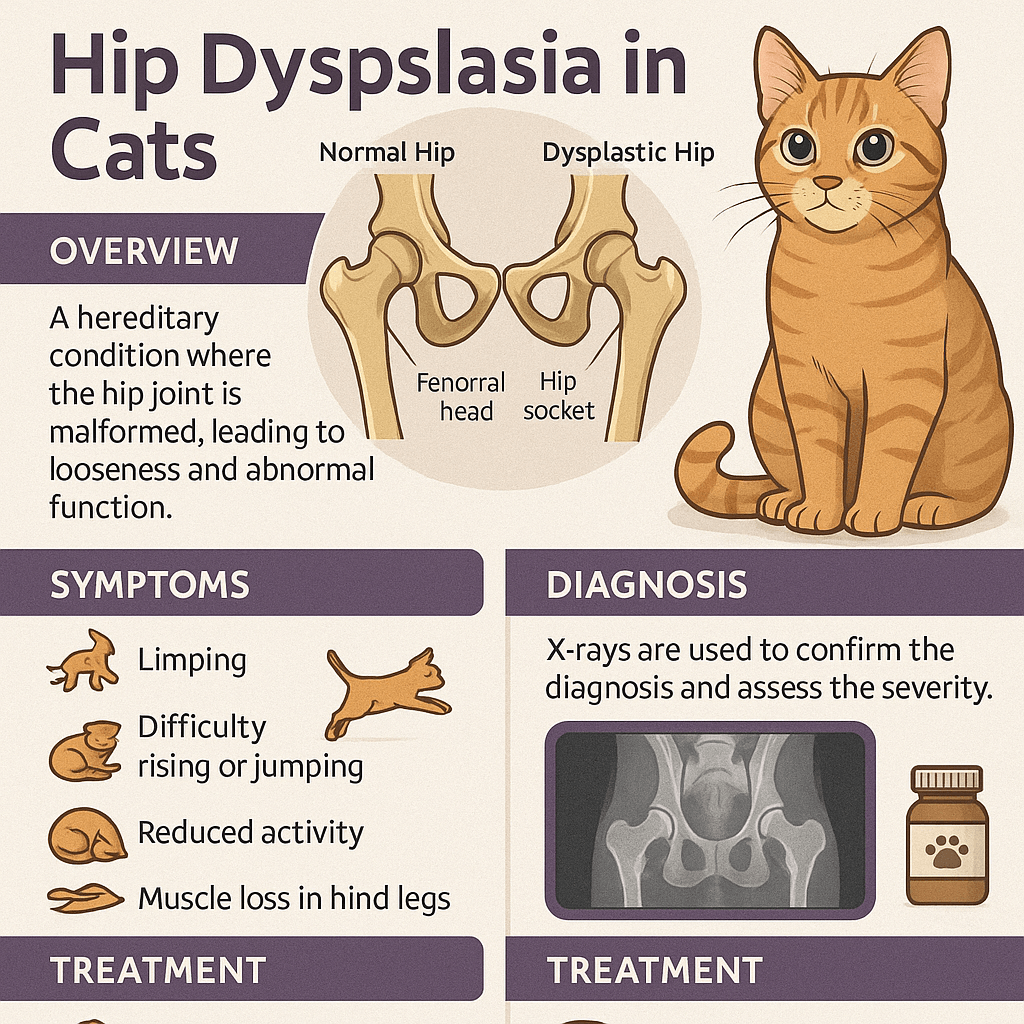Creating a Cat-Friendly Garden: The Importance of Cat-Safe Plants
Cats are curious creatures by nature, and their love for exploring often leads them to nibble on plants. While this behavior is adorable, it can sometimes be dangerous if the plants in your home or garden are toxic to them. As a responsible pet owner, ensuring that your feline friends have access to cat-safe plants is essential for their health and well-being. In this blog post, we will explore a variety of plants that are not only safe for cats but also add beauty and vibrancy to your living space. By choosing the right plants, you can create a harmonious environment where both you and your furry companions can thrive.
Top Cat-Safe Indoor Plants to Brighten Your Home
If you’re looking to spruce up your indoor space while keeping your cat safe, there are several excellent options to consider. These plants are not only non-toxic but also easy to care for, making them perfect for busy pet owners. Below is a list of some of the best cat-safe indoor plants:
Spider Plant (Chlorophytum comosum)
This hardy plant is known for its air-purifying qualities and lush green leaves. Cats may occasionally chew on its leaves, but it poses no harm to them.Boston Fern (Nephrolepis exaltata)
With its cascading fronds, the Boston Fern adds a touch of elegance to any room. It thrives in humid environments and is completely safe for cats.Areca Palm (Dypsis lutescens)
This tropical plant is a great choice for brightening up your home. Its feathery leaves are non-toxic and provide a calming aesthetic.African Violet (Saintpaulia)
For a pop of color, African Violets are an excellent option. They bloom beautifully and are perfectly safe for curious kitties.Calathea (Calathea spp.)
Known for its striking patterns, the Calathea is a favorite among plant enthusiasts. It’s also completely harmless to cats.
Choosing these plants ensures that your home remains a safe and inviting space for your feline friends. With so many options available, you can effortlessly combine style and safety.
Cat-Safe Outdoor Plants for Your Garden
If you’re lucky enough to have outdoor space, creating a cat-friendly garden is a wonderful way to let your pets roam freely. Here are some outdoor plants that are safe for cats and can enhance the beauty of your garden:
Catnip (Nepeta cataria)
As the name suggests, this plant is a favorite among cats. It’s safe, encourages playful behavior, and can even help deter pests like mosquitoes.Lavender (Lavandula)
While cats might not be drawn to its scent, lavender is a safe and fragrant addition to any garden. It also attracts pollinators like bees and butterflies.Marigold (Tagetes)
These vibrant flowers add a splash of color to your garden while being completely non-toxic to cats. They also repel certain insects naturally.Rosemary (Salvia rosmarinus)
This aromatic herb is safe for cats and can be used in cooking. Its needle-like leaves make it an interesting addition to your garden design.Snapdragon (Antirrhinum majus)
With their unique shape and variety of colors, snapdragons are a delightful choice for any garden. They are also perfectly safe for cats.
By incorporating these plants into your outdoor space, you can create a haven where your cats can explore without worry. A cat-safe garden is a gift that keeps on giving, providing joy for both you and your pets.
Check this guide 👉How to Cat-Proof Your Balcony: Best 7 Expert Tips!
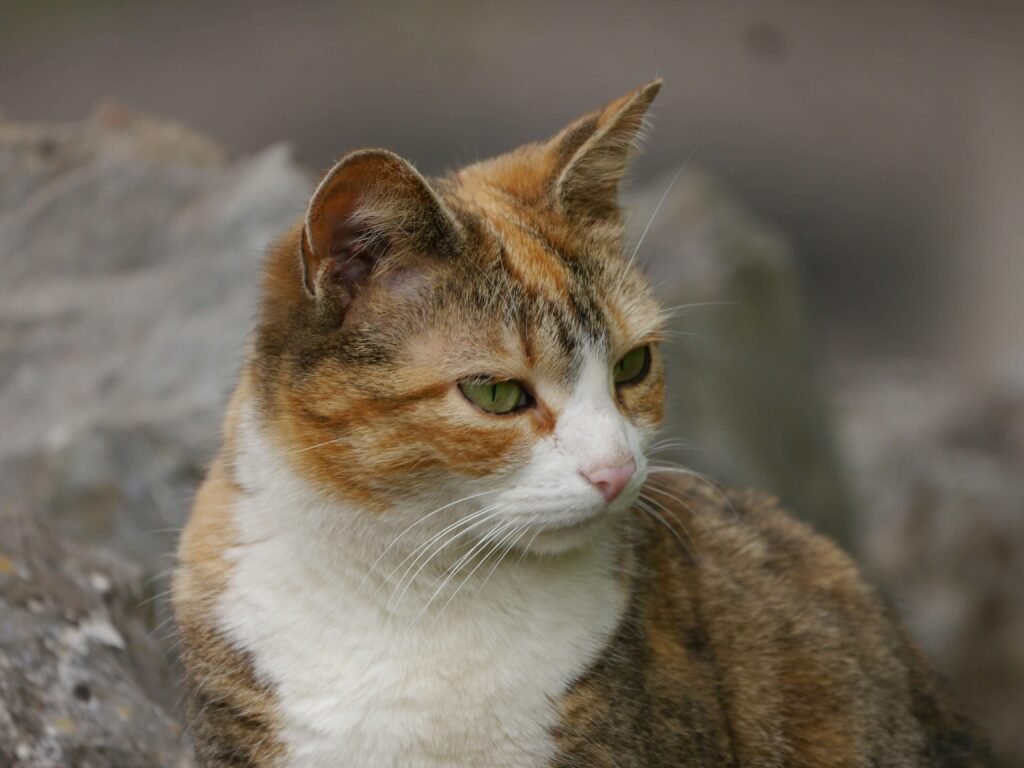
Plant Name | Key Benefits |
|---|---|
Spider Plant | Air-purifying, easy to care for |
Boston Fern | Thrives in humidity, elegant appearance |
Lavender | Fragrant, attracts pollinators |
Marigold | Vibrant colors, natural pest repellent |
African Violet | Adds color, blooms beautifully |
Tips for Keeping Your Cats Safe Around Plants
Even with cat-safe plants, it’s important to take precautions to ensure your pets remain healthy and happy. Here are some tips to keep in mind:
Place Plants Out of Reach
While the plants may be safe, excessive chewing can still upset your cat’s stomach. Consider placing plants on shelves or hanging baskets.Monitor Your Cat’s Behavior
Keep an eye on how your cat interacts with plants. If they show unusual interest, redirect their attention with toys or treats.Avoid Using Harmful Chemicals
Pesticides and fertilizers can make even safe plants dangerous. Opt for natural alternatives to protect your pets.Research Before Buying New Plants
Always double-check whether a plant is safe for cats before bringing it into your home. Prevention is key to avoiding accidents.Create a Designated Play Area
Provide your cat with a specific area where they can play and explore safely, reducing the likelihood of them damaging your plants.
By following these tips, you can maintain a peaceful coexistence between your plants and your pets. A little planning goes a long way in ensuring everyone stays happy and healthy.
Signs Your Cat May Have Eaten Something Toxic
It’s crucial to recognize the signs of plant poisoning in case your cat accidentally ingests something harmful. Here are symptoms to watch out for:
Vomiting or Diarrhea
These are common signs of gastrointestinal distress caused by toxic substances.Excessive Drooling
Drooling can indicate irritation in the mouth or throat due to ingestion of harmful plants.Lethargy or Weakness
If your cat seems unusually tired or unresponsive, it could be a sign of poisoning.Difficulty Breathing
Labored breathing may occur if the toxin affects the respiratory system.Seizures or Tremors
In severe cases, neurological symptoms such as seizures may appear.
If you notice any of these symptoms, contact your veterinarian immediately. Early intervention can make all the difference in ensuring your cat’s recovery.
Benefits of Cat-Safe Plants for Your Home
Incorporating cat-safe plants into your home not only ensures the safety of your pets but also offers numerous benefits for your living space. These plants can improve air quality, add aesthetic appeal, and even boost your mood. Here are some key advantages:
Improved Air Quality
Plants like spider plants and Boston ferns naturally filter toxins from the air, creating a healthier environment for you and your cat.Natural Stress Relief
The presence of greenery has been shown to reduce stress and promote relaxation for both humans and animals.Enhanced Decor
Cat-safe plants come in various shapes, sizes, and colors, allowing you to personalize your space while keeping it pet-friendly.Encourages Playful Behavior
Some plants, like catnip, can stimulate playful behavior in cats, providing them with mental and physical stimulation.Eco-Friendly Choice
Using natural, non-toxic plants reduces the need for synthetic decorations or harmful chemicals in your home.
By choosing cat-safe plants, you’re not only protecting your furry friend but also enhancing your overall living experience. A harmonious blend of beauty and functionality is within reach.
Common Myths About Cats and Plants
There are many misconceptions about cats and plants that can lead to confusion among pet owners. Understanding the truth behind these myths can help you make informed decisions about your plant choices. Here are some common myths debunked:
Myth: All Plants Are Safe for Cats
Reality: Many popular plants, such as lilies and philodendrons, are highly toxic to cats and should be avoided.Myth: Cats Won’t Eat Plants if They’re Not Hungry
Reality: Cats often chew on plants out of curiosity or boredom, regardless of their hunger levels.Myth: Only Outdoor Plants Are Dangerous
Reality: Many indoor plants, like pothos and ZZ plants, can also pose risks to cats if ingested.Myth: Catnip Makes All Cats Act Crazy
Reality: While many cats enjoy catnip, some show no interest at all due to genetic differences.Myth: Plants Don’t Need Supervision Around Cats
Reality: Even safe plants can cause mild stomach upset if consumed in large quantities, so supervision is still important.
Understanding these myths can help you create a safer environment for your cat while enjoying the beauty of plants. Knowledge truly is power when it comes to pet care.
Fun Ways to Incorporate Cat-Safe Plants Into Your Home
Adding cat-safe plants to your home doesn’t have to be boring or routine. With a little creativity, you can integrate these plants in ways that are both functional and fun. Here are some ideas to inspire you:
Create a Vertical Garden
Use wall-mounted planters to grow cat-safe plants like spider plants or Boston ferns, maximizing space while keeping them accessible.Design a Cat Play Area
Combine cat-safe plants with scratching posts and tunnels to create a dedicated play zone for your feline friend.Add Hanging Planters
Suspend plants like spider plants or calatheas from the ceiling to keep them out of reach while adding visual interest.Grow Edible Herbs
Plant cat-safe herbs like mint or parsley in your kitchen for dual purposes—cooking for you and nibbling for your cat.Use Decorative Pots
Choose stylish pots that match your home decor to make cat-safe plants an attractive focal point in any room.
With a bit of imagination, you can seamlessly blend cat-safe plants into your home while catering to your cat’s natural instincts. The result? A beautiful, functional space that everyone can enjoy.
Frequently Asked Questions About Cat-Safe Plants
Are all houseplants safe for cats?
No, many common houseplants are toxic to cats. Always research before introducing a new plant into your home.
What should I do if my cat eats a toxic plant?
Contact your veterinarian immediately and, if possible, bring a sample of the plant for identification.
Can I grow herbs like basil or mint around my cats?
Yes, most herbs are safe for cats, but moderation is key. Too much of anything can upset their stomachs.
How can I stop my cat from eating my plants?
Provide alternative distractions like cat grass or toys, and place plants in areas that are harder for your cat to access.
Is catnip safe for all cats?
Yes, catnip is safe for cats, but not all cats react to it. Some may show no interest at all.
Cultivating a Safe and Beautiful Space for You and Your Cat
Creating a cat-friendly environment doesn’t mean sacrificing style or aesthetics. By choosing cat-safe plants and taking a few simple precautions, you can enjoy a lush, vibrant home or garden while ensuring your feline companions remain healthy and happy. Remember, a little effort goes a long way in fostering a harmonious relationship between your plants and your pets. Whether indoors or outdoors, the right plants can transform your space into a sanctuary for both you and your furry friends.
Can a Cat Die from a Cold? Best 7 Expert Tips! Learn how to identify, treat, and prevent feline colds while understanding when to seek veterinary care for your cat’s health.
Cat Screaming for Food: Best 7 Expert Tips! Discover effective strategies to manage your cat's food-related vocalizations and create a peaceful feeding routine.
Aspiration Pneumonia in Cats: Best 7 Expert Tips! Discover causes, symptoms, and treatment advice to protect your cat’s respiratory health and ensure a speedy recovery.
Hip Dysplasia in Cats: Best 7 Expert Tips! Discover expert advice on managing hip dysplasia in cats, from symptoms and prevention to treatment options for a happier, healthier feline life.


